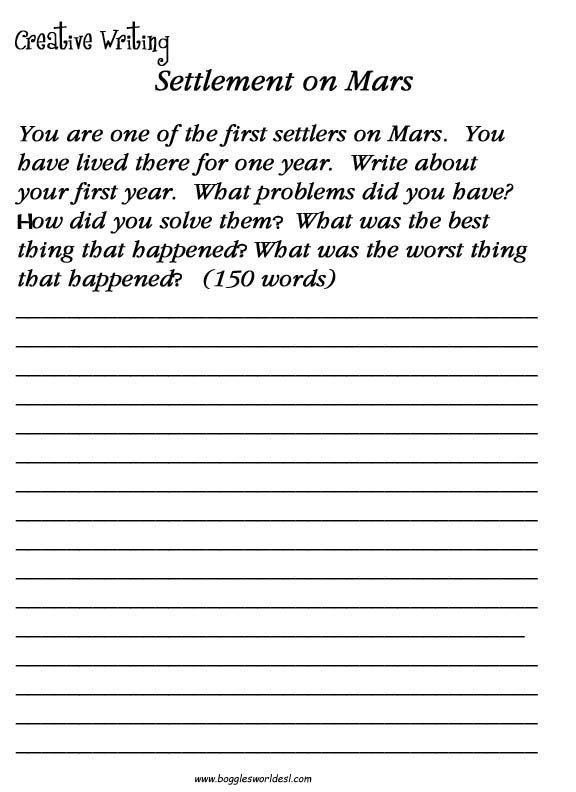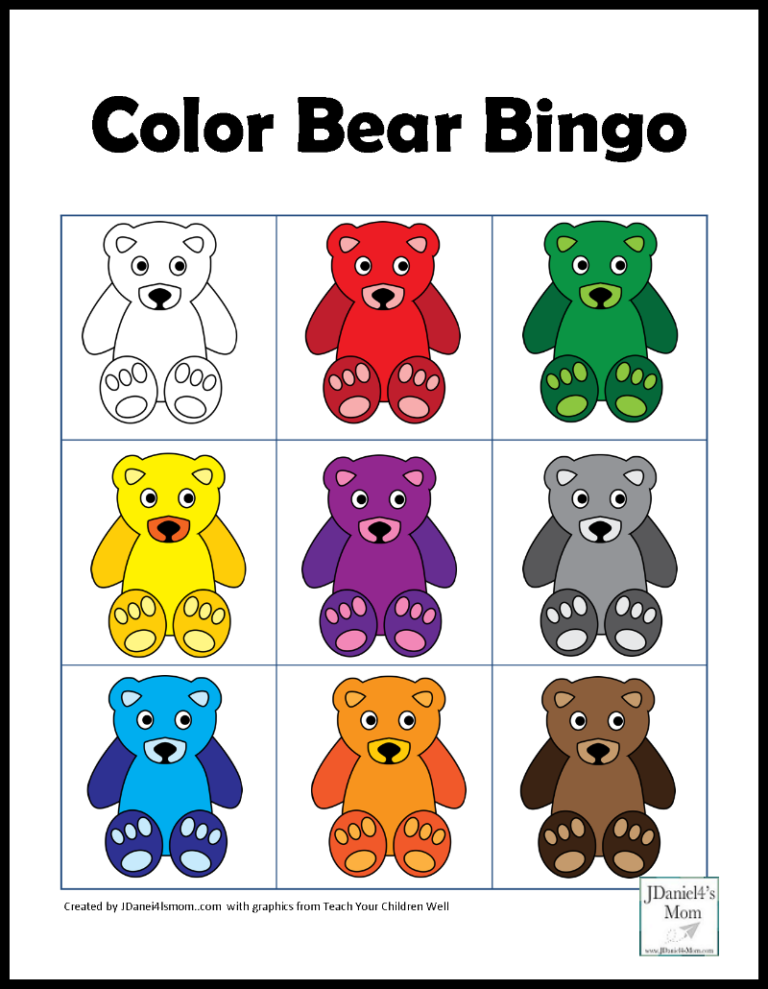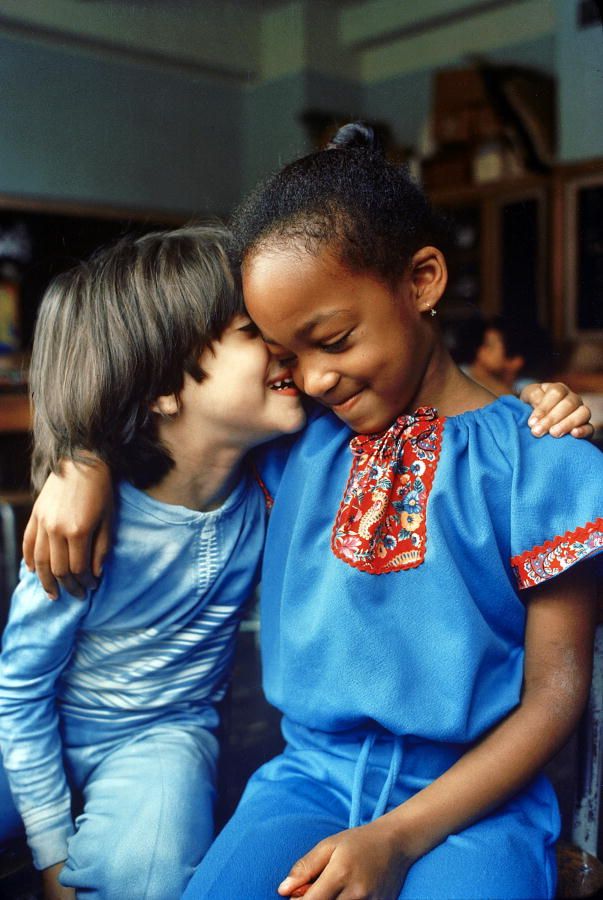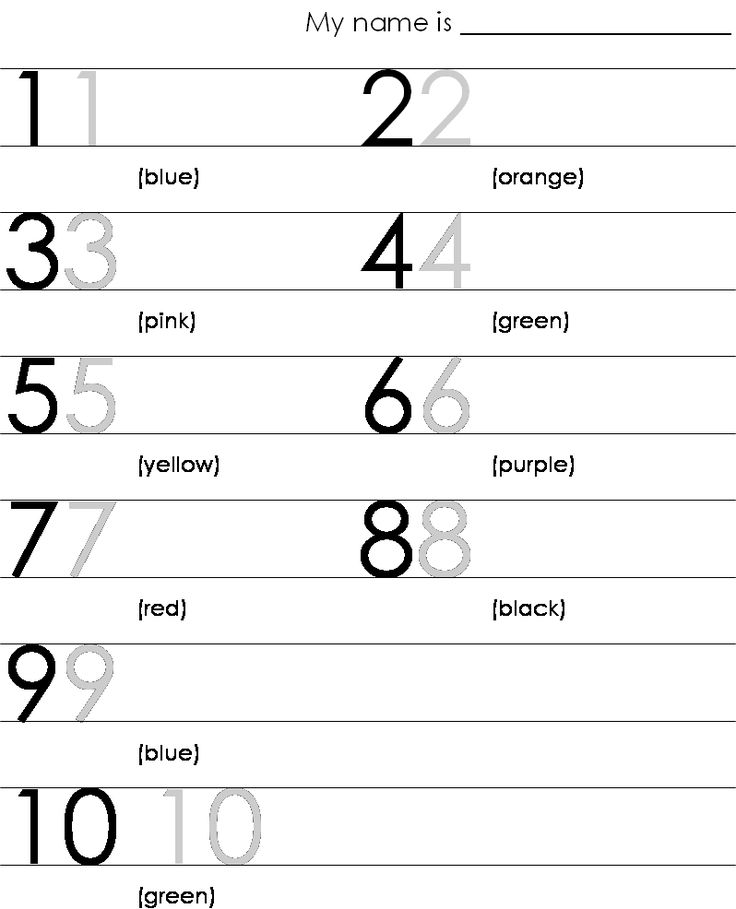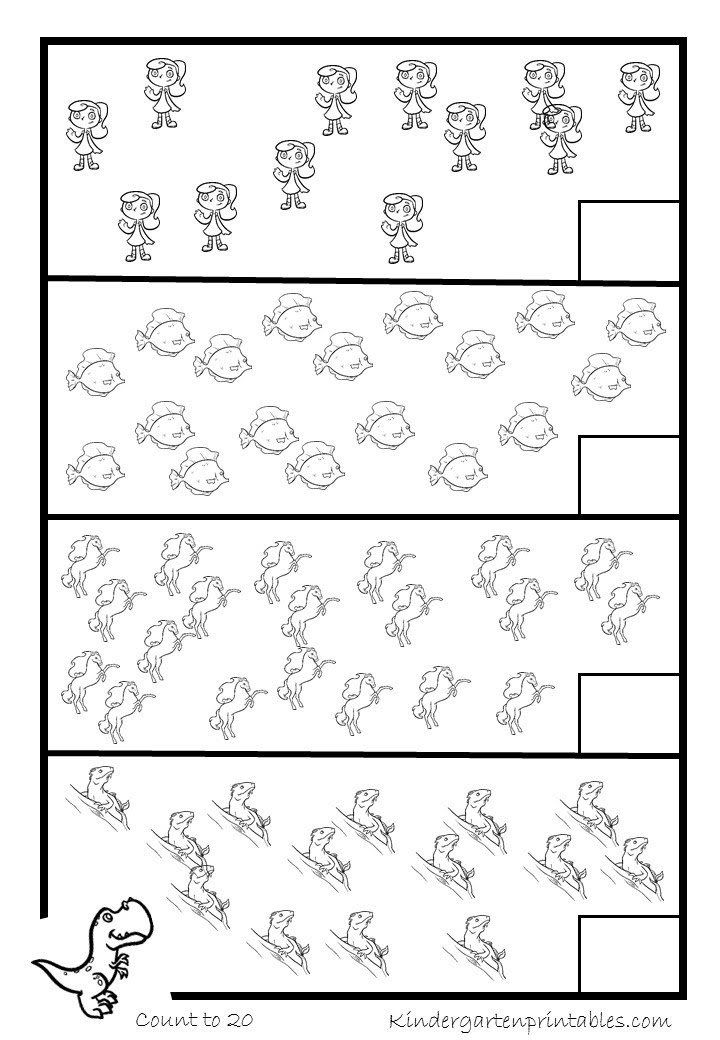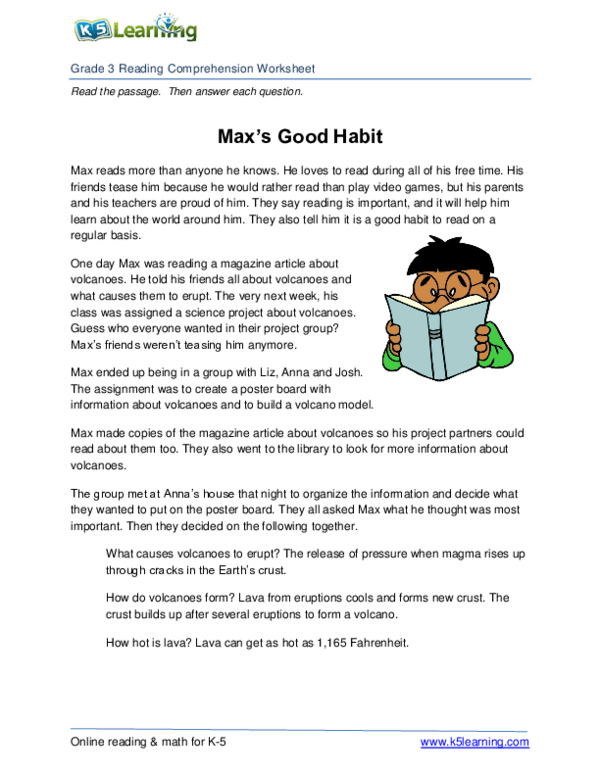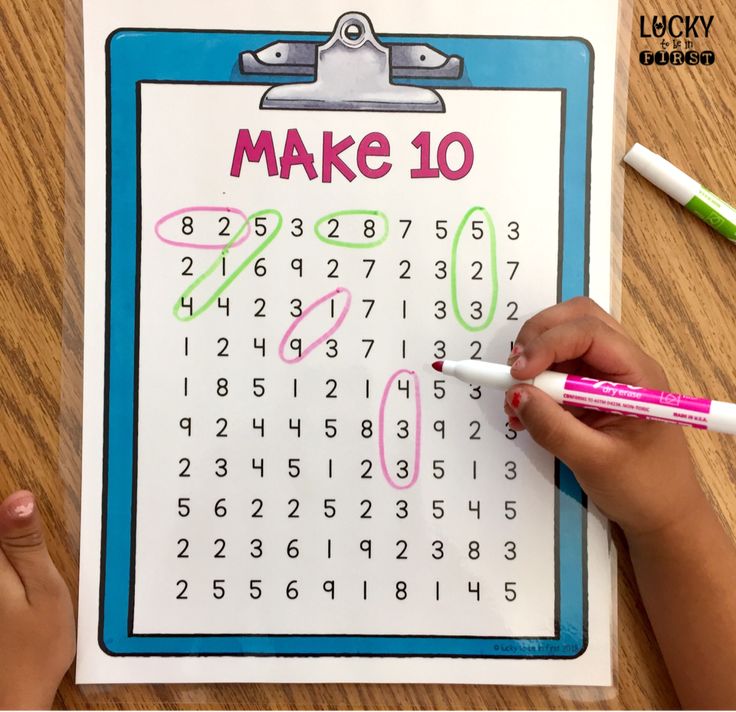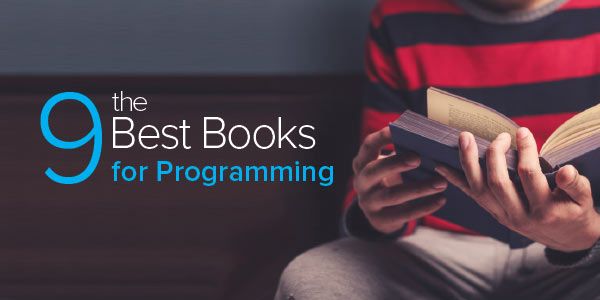Prepositions songs for kids
EFL ESL Prepositions Songs for children | My Top 10
On, in, under, in front of, behind. Prepositions can sometimes be hard for children to learn. However, they are really useful for them to be able to talk about everyday life. So if you can find a fun way to teach them, that will be a big help for your classes. A song or two is a great way to do that, especially for younger children and if you combine your songs with lots of TPR, that will really help to get those tricky prepositions fixed in their memory. My Top 10 EFL ESL Prepositions songs for children has a good mixture of songs, suitable for all ages and levels of English. Use them either as a lesson dedicated to prepositions or as part of a completely different lesson, about places or people or animals. So get ready to move, these are my favorite EFL ESL Prepositions songs for children.
A really energetic song to start off with and really get the kids moving. If you can get the kids climbing up and down and in and out in the classsroom, this would be a great way to use this song. Build an obstacle course with cardboard boxes or even better, get outside and sing it there. If you haven’t got the space to do this, you could draw an obstacle course on the board and get the kids to move around that with flashcards or toy figures as you sing the song. If they’re older, ask them to design an obstacle course or a playground and describe how to use it and how it works. This would be a great way of learning and practicing lots of useful new vocabulary.
What exactly is a preposition? For those who aren’t sure and for classes of older kids, this is a great way to find out. The song and accompanying video will explain exactly what a preposition is and how to use it. Ask your class to make a list of all the prepositions they know and see if they know how and when to use them.
On In Under by Maple Leaf Learning
A silly but effective song that kids of all ages will love and will happily sing along with.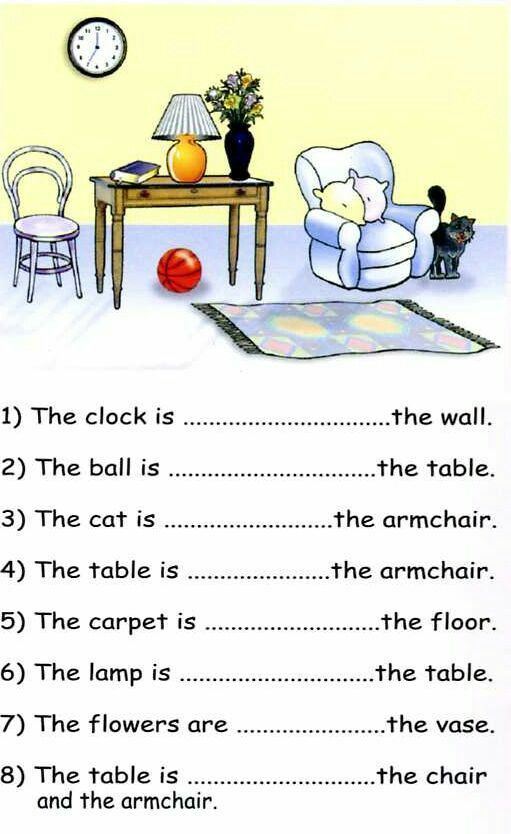 It’s one of those songs that you’ll hear them singing to themselves as they leave the classroom or between classes, so make the most of this. You can change the prepositions you use to adapt it to what you’re learning. Play a game where one of the kids has to hide a small object and the kids have to guess where it is. “Is it in your shoe?” “In your bag?” “Under your hair?”. Children love games like this and it will really help them remember the prepositions.
It’s one of those songs that you’ll hear them singing to themselves as they leave the classroom or between classes, so make the most of this. You can change the prepositions you use to adapt it to what you’re learning. Play a game where one of the kids has to hide a small object and the kids have to guess where it is. “Is it in your shoe?” “In your bag?” “Under your hair?”. Children love games like this and it will really help them remember the prepositions.
There are actually three different prepositions songs by Scratch Garden, so choose whichever suits your lesson requirements best. These are really simple and easy to learn songs which use simple everyday vocabulary. Maybe your class could write their own version of the song using different vocabulary and changing the positions. They could make flashcards of characters or animals to move around as they sing it. Or they could write a story about what the animals are doing and why.
Where is my brown dog? There is a very cute dog in the video to this song and it’s having lots of adventures.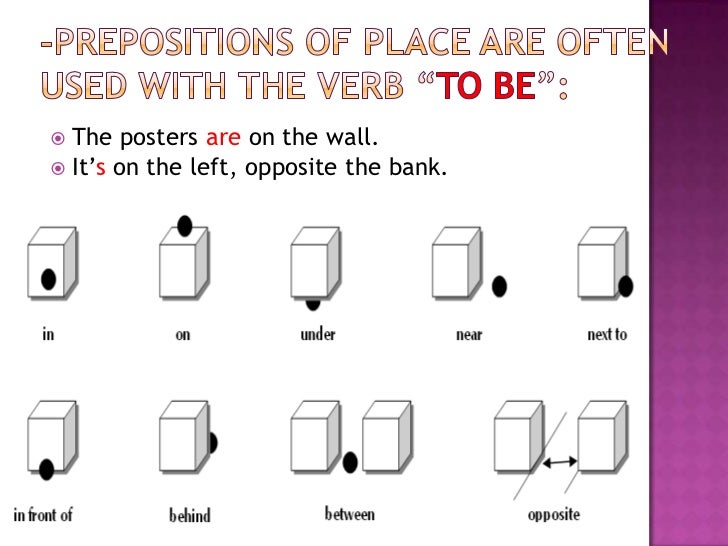 This would be a fun activity for smaller kids and you could hide a brown dog toy (or any other animal) around the class and then sing the song together before going to look for it. What exciting places can the dog find to hide in? Let the kids take turns hiding it while the others close their eyes or wait outside the door for a minute. If you want to sing this with older children, you could use the song as a starting point for a story about the dog and all the places he goes to hide. Let the class tell the story or act it out together.
This would be a fun activity for smaller kids and you could hide a brown dog toy (or any other animal) around the class and then sing the song together before going to look for it. What exciting places can the dog find to hide in? Let the kids take turns hiding it while the others close their eyes or wait outside the door for a minute. If you want to sing this with older children, you could use the song as a starting point for a story about the dog and all the places he goes to hide. Let the class tell the story or act it out together.
Another song for older kids who are finding prepositions of time tricky to learn. This song and its accompanying video clearly show how they are used and give useful examples. You could use it as the base of an activity making sentences about different events that have happened. Get the kids to write a story about something that happened describing exactly when it took place. Alternatively, you could give them a list of famous events and get them to find out when they each happened.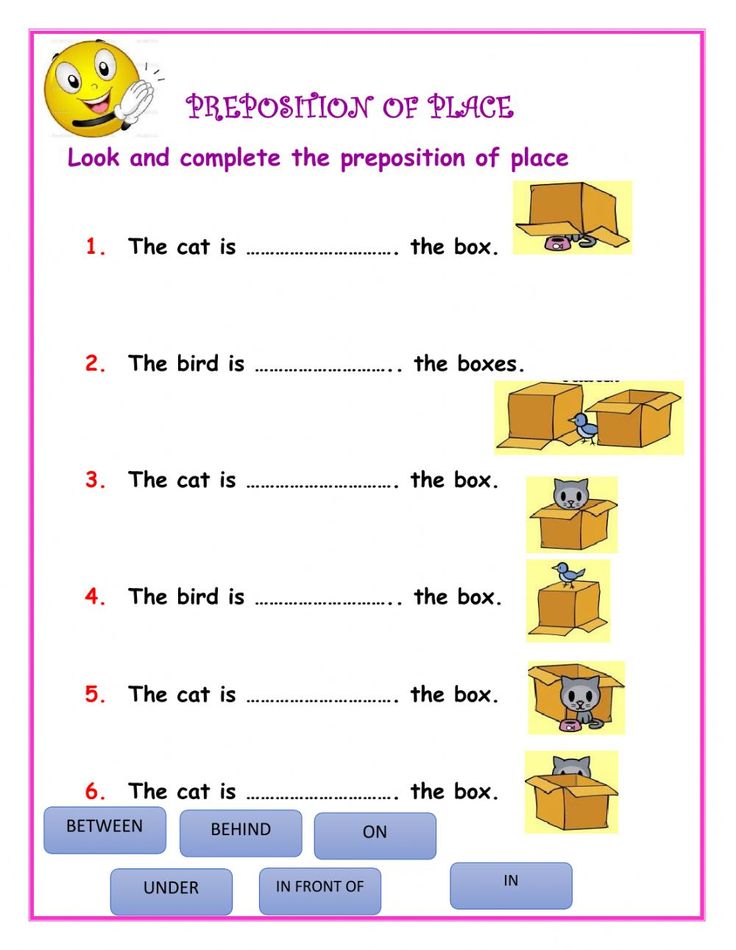 For example, the first man landed on the moon in 1969 on the 20th July. You could have a lot of fun with this.
For example, the first man landed on the moon in 1969 on the 20th July. You could have a lot of fun with this.
This is probably the song I use most often when teaching prepositions to small children. As you sing it, you can demonstrate exactly what the different prepositions are with a box and a small toy. I like to use a toy red London bus. Then change the position of the toy and ask the children where it is. Let them have a go at doing it too as the others sing the song and they will get the hang of it really quickly. You can use this song in loads of different types of lessons by changing the objects and where they are. Adapt the prepositions too if you need to in order to make them fit your theme.
If the kids in your class like to rap, this is an easy song for them to do. It’s by a 5th grader and is a list of different prepositions that is easy to learn and rap along with. Could your class make up a rap using these prepositions and giving examples of how they are used?
This is a great song if you are learning about furniture and rooms in the house. The little monkey is hiding around various pieces of furniture and the kids have to find it. You could hide a monkey in different objects in your classroom and let the kids find him. Then let them hide it too. Alternatively, draw a big house and furniture on the board and hide a picture of a monkey in different places and let the class look for him. Get them to cut out pieces of furniture and make a house collage with a hiding monkey somewhere in it.
The little monkey is hiding around various pieces of furniture and the kids have to find it. You could hide a monkey in different objects in your classroom and let the kids find him. Then let them hide it too. Alternatively, draw a big house and furniture on the board and hide a picture of a monkey in different places and let the class look for him. Get them to cut out pieces of furniture and make a house collage with a hiding monkey somewhere in it.
Last of all, a song that would be useful when you’re learning about different places in a town and where they are situated. If you have got a map or can draw one on the board, the kids will have lots of fun finding different places and describing where they are. Pretend to be tourists in a new town asking for directions and do a roleplay together. Or, if you’re feeling really adventurous, go and explore your own town or city with your class and see how many different places they can find just by telling them where places are in relation to others. Then get them to draw a map of the town and describe where everything is.
Then get them to draw a map of the town and describe where everything is.
I hope you have enjoyed this Top 10 of EFL ESL Prepositions Songs for children. I think they show that even quite a tricky subject to learn doesn’t need to be just boring exercises and can be a lot of fun. If you would like to see other collections of my favorite songs to use in class, you can find them here. Keep up to date with new articles on GoogooEnglish by following our Facebook page or, alternatively, sign up below for email updates. And don’t forget, if you have any more teaching ideas about prepositions or any other subject, please share them in the comments.
The Prepositions Song | Scratch Garden
Streaming + Download
Includes unlimited streaming via the free Bandcamp app, plus high-quality download in MP3, FLAC and more.
Purchasable with gift card
$1 USD or more
Buy the Full Digital Album
Full Digital Discography
5
releases
Get all 5 Scratch Garden releases available on Bandcamp and save 20%.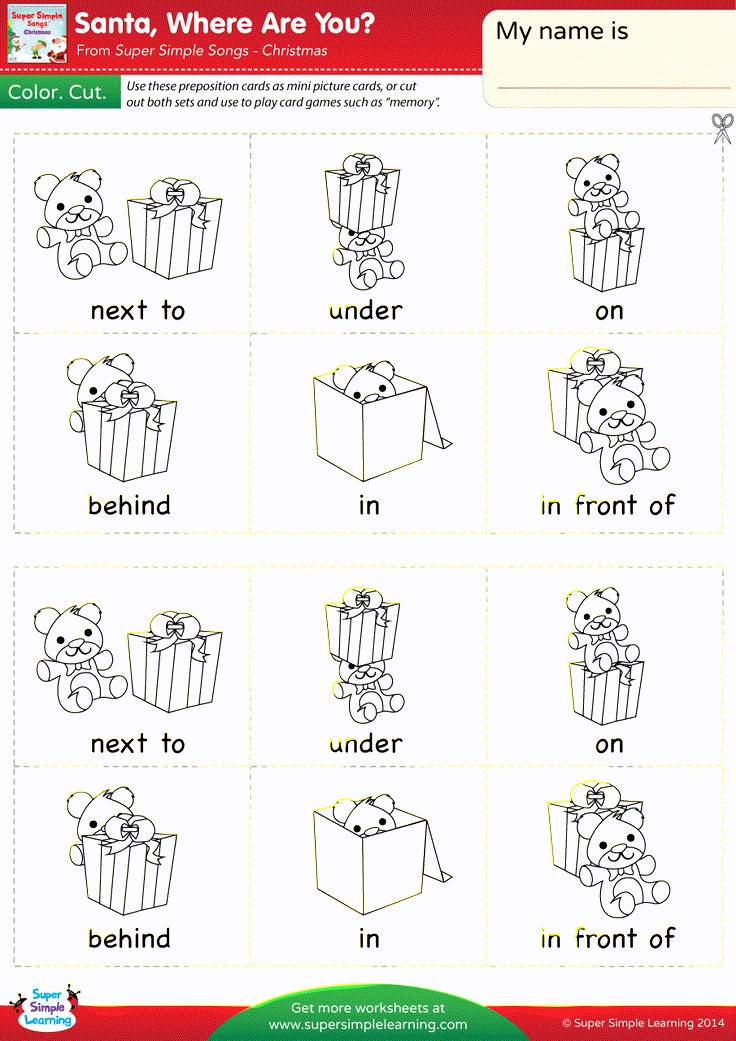
Includes unlimited streaming via the free Bandcamp app, plus high-quality downloads of Vol. 5, Vol. 4, Vol. 3, Vol. 2, and Vol. 1. , and , .
Purchasable with gift card
$20 USD or more (
20% OFF)Practice Proper Prepositions with this song! Includes above, below, in front of, behind, inside, outside, beside, between.
Above, Below, in Front of, Behind
Above, Below, in Front of, Behind
Keep on listening to the rhyme
About Above, Below, in Front of, Behind
Now the bat is ABOVE the cat
Just like the cat is BELOW the bat
And the rat is now is IN FRONT OF the cat
Just like the cat is BEHIND the rat
Inside, Outside, Beside, Between
Inside, Outside, Beside, Between
Keep on listening you’ll know what I mean
Inside, Outside, Beside, Between
Now the rocks are INSIDE the box
Now the rocks are OUTSIDE the box
And the fox is BESIDE the blocks
Now the fox is BETWEEN the blocks
Prepositions of place in English
When we want to talk about location, we need English prepositions of place. They indicate where the object is located in space and how it is located relative to other objects.
If all prepositions of place are removed from the sentence, then the phrase will contain nouns denoting objects, but the relationship between them will become incomprehensible. For example, in Russian, the meaning of the location in the phrase "next to / above / below the shelf" is determined precisely by the preposition.
For example, in Russian, the meaning of the location in the phrase "next to / above / below the shelf" is determined precisely by the preposition.
To be able to talk about what is where, let's analyze all the main prepositions of place in English.
Basic prepositions of place: in / at / on
The three main prepositions of place in English are in, at, on. They are the most common and found in a large number of designs.
Meanings of prepositions in / at / on:
- in - in, within: in the car - in the car
- at - at a certain point, near the landmark: at the table - at table
- on - on the surface: on the table - on the table
The difference in the use of these prepositions of place in English cannot always be deduced from their basic meanings. Some usages are fixed in the language and need to be memorized. To understand when each of the prepositions is used, let's take a closer look at the cases of their use.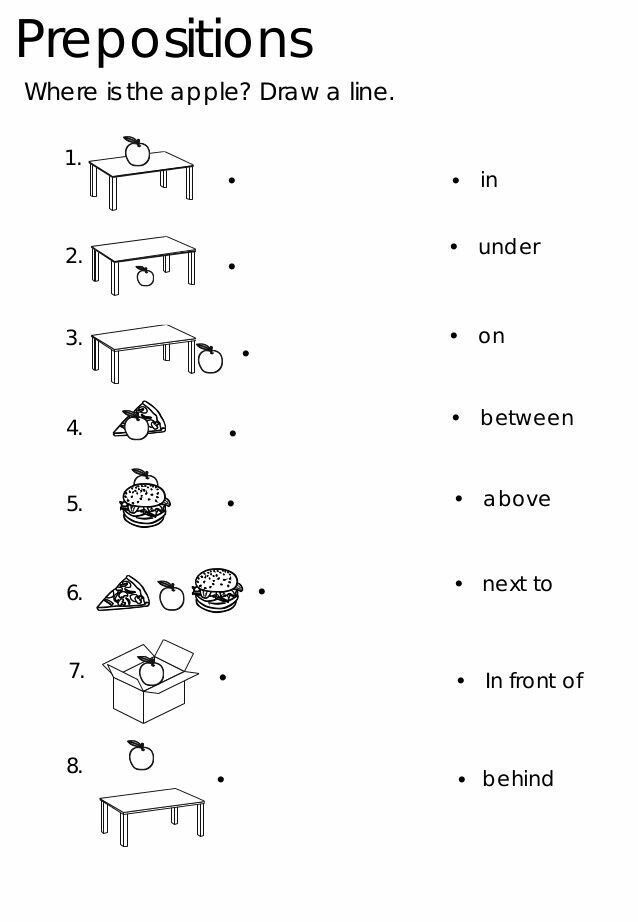
The preposition in
The preposition in indicates that an object is within certain boundaries. Let us indicate in what situations this preposition is used:
Location or space in which the object is located:
- in the woods
- in the sky - on / in the sky
Don't get lost in the woods
Staying indoors:
- in the building
I don't feel comfortable in your room - I feel uncomfortable in your room.
With country, region and cardinal names:
- in Russia
- in Moscow
- in the west
I've lived in Berlin for six years - I have lived in Berlin for six years.
The English preposition in refers to the content of paper publications, photographs, paintings:
- in the photo
- in the newspaper
All you need to know is written in this book
Mirror reflection:
- in the mirror
She stared at her reflection in the mirror - She stared at her reflection in the mirror.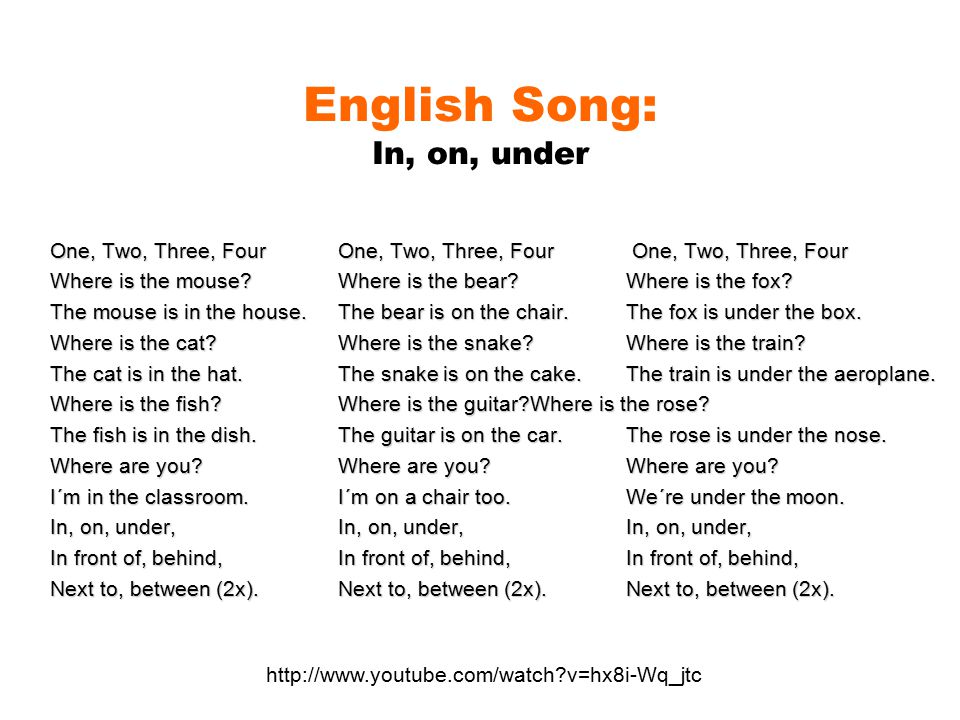
Set expressions:
- in the mood - in the mood
- be in the pink - to be in the prime of life
Stop making jokes, I'm not in the mood today - Stop joking, I'm not in the mood today.
At
At can mean "in" or "about". This English preposition of place indicates a chosen point or landmark of a location.
The preposition at is used with visits to institutions, when it is necessary to indicate not being inside the premises, but to determine belonging to a certain type of activity:
- at school
- at university
- at work - at work
- at the library
I never got a single prize while I was at school
He got this book at the library
It can be not only an institution, but also activities:
- at a lecture
- at a conference0018
- at a concert - at a concert
I'll see John tomorrow at the lecture - I will see John tomorrow at the lecture.
The preposition at also has the meaning of proximity to an object:
- at the door
- at the table - at the table
There's a woman at the door, asking for Mr Smith
At fixes the location point:
- at the bus station
Let's meet at the bus station - Let's meet at the bus stop.
This English preposition of place is used in set phrases:
- at the top of
- at the bottom of
We had to stop at the top of the hill and wait for the engine to cool down - We had to stop at the top of the hill and let the engine cool down.
Preposition on
The main meaning of the preposition on is an indication of the surface:
- on the floor
I knelt down to play with the baby on the floor
The word floor can also be used to mean "floor". The English preposition of place in this context remains the same:
on the… floor
I'm used to live on the first floor
Mode of travel and transport:
- on the bus
- on foot - on foot
There is free wi-fi on the train
The preposition on is also used when referring to a road or path:
- on the road
- on my way - on the way
There was heavy traffic on the roads
Pages:
- on the page
This exercise is on page 14.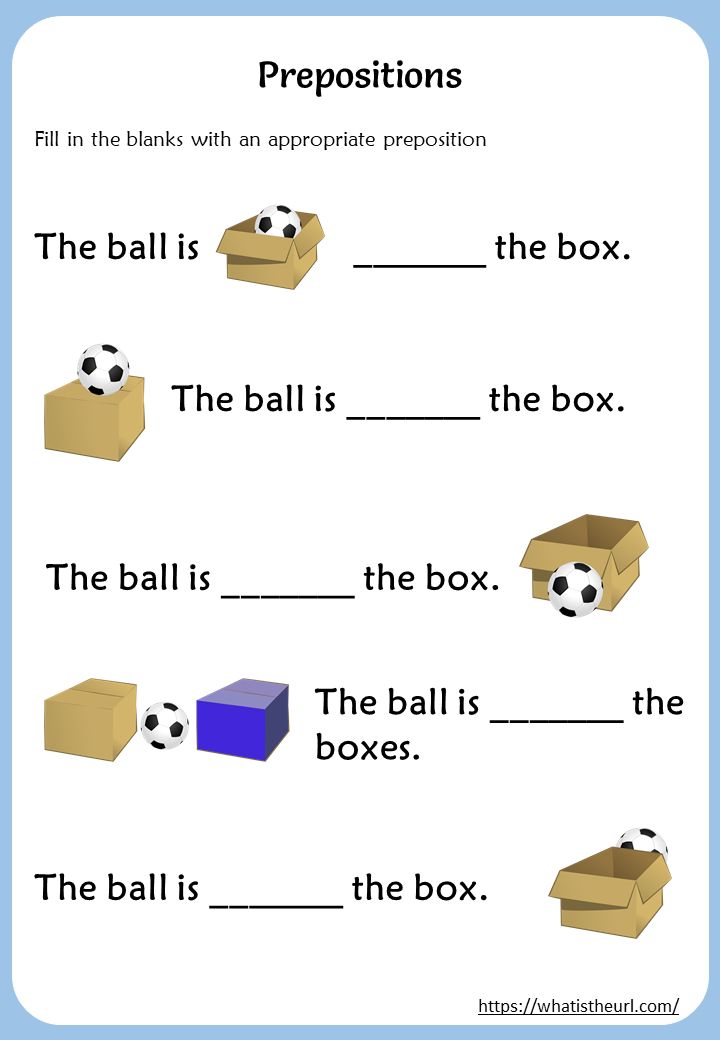
Lists and maps:
- on the map
- on the menu - in the menu
I cannot find his name on the guest list
With multimedia media:
- on television
- on the radio
I've heard this song on the radio
Word combinations "left" / "right":
- on the left
- on the right
You will see the hospital on the left - You will see the hospital on the left.
Other expressions:
- on holiday
- on sale
- on business
Who will double for the secretary while she is on holiday? - Who will replace the secretary while she is on vacation?
Differences between at / in / on
Often these prepositions of place in English are used in similar contexts. Such cases should be given special attention.
For example, in the following phrases, prepositions differ:
- in the armchair
- on the chair - on the chair
You also need to remember the following pair of words:
- in bed
- on the sofa - on the sofa
She threw herself down on the sofa
The expression in bed (in bed) is used not only in a literal sense, but also as an indication of bed rest:
The patient must remain in bed
Institutions are not always necessarily used with the preposition at, there are also expressions with in:
- in hospital
- in prison
Henry takes charge of it while I am in the hospital - Henry will take care of this while I am in the hospital.
The use of English prepositions of place is different, and when we talk about a house in the sense of a building or as a certain kind of territory:
- at home
- in the house - in the house (that is, in the building, indoors)
I want to stay at home - I want to stay at home.
I was at my granny's house - I was at my grandmother's house.
It's so cold in her house - It's so cold in her house.
The preposition on is used to describe a vehicle:
- on the plane
- on the train
But when it is necessary to emphasize the location inside, the preposition in is used:
I left my bag in the bus
When we talk about the content of a page, we use the preposition on (on the page). But if we are talking about a page of a book as a physical object, then the preposition at is used:
When the teacher saw the boy squinting at the page, she thought that he might need glasses
I opened the book at page 44
Other prepositions of place in English
The possibilities to indicate the location of an object in space are not limited to at, in and on.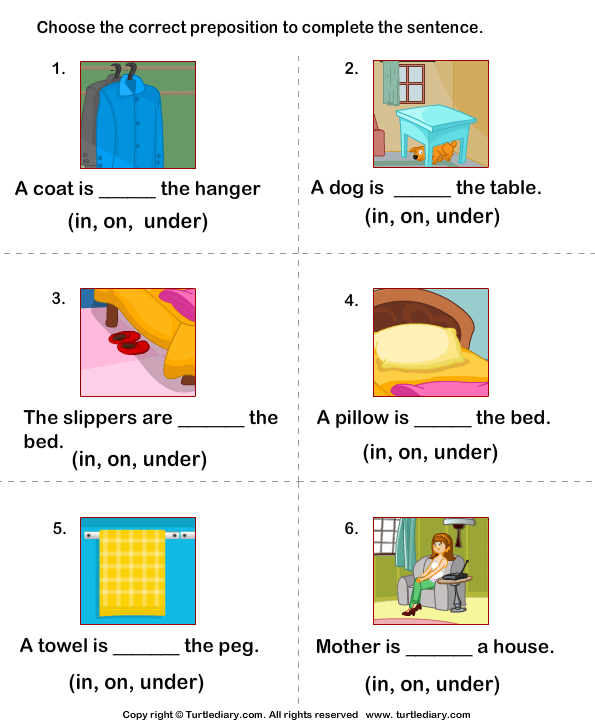 Prepositions of place in English are much more varied. To make it easier to understand them, we will divide the list of prepositions into groups with similar or opposite meanings.
Prepositions of place in English are much more varied. To make it easier to understand them, we will divide the list of prepositions into groups with similar or opposite meanings.
Above / below:
- above - above level: The note was put above the door - The announcement was pasted above the door.
- below - below the level: As the sun went down below the horizon, the sky became pink - When the sun went below the horizon (fell below the horizon), the sky became pink.
- over - over: He flew over the sea - He flew over the sea.
- under - under: Under the stairs there was a storage closet - There was a pantry under the stairs.
front/rear:
- before - before: Everyone fell on the knees before the queen - Everyone fell on their knees before the queen.
- behind - behind, behind: The church is behind these trees - The church is behind these trees.
Between, among:
- among - among: There were lots of famous musicians among the guests - There were many famous musicians among the guests.
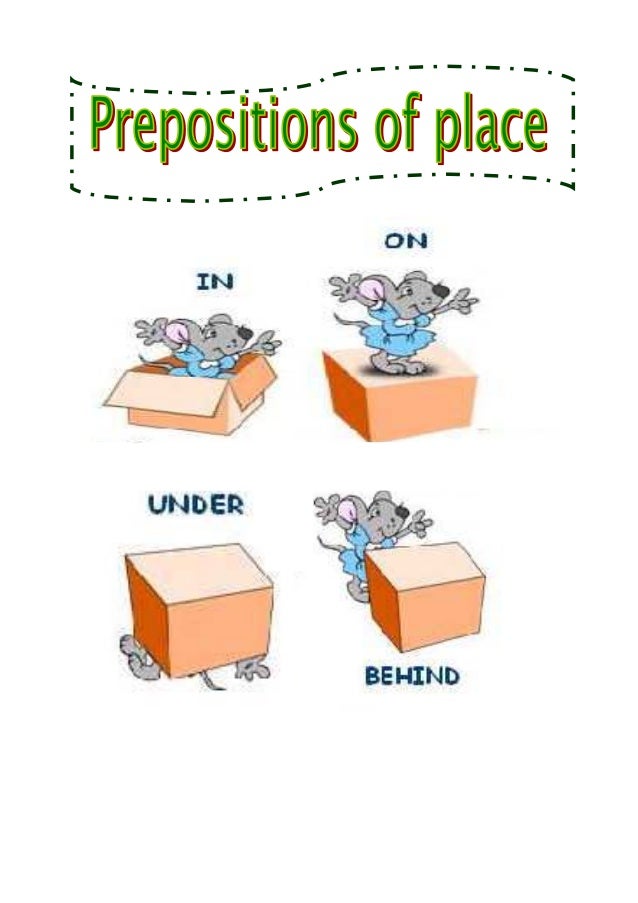
- between: The ship goes between the two islands. — The ship runs between the two islands.
Similar English prepositions of place among and between have different uses. Between means being between two objects, and among means being among a set of objects.
Near / Far:
- by - y, next to: We got a house by a river - We bought a house by the river.
- near - near, about: There is a rosebush near the fence - A rose bush grows near the fence.
- beside - next to, near: You shall stand beside me in the church - You will stand next to me in the church.
- next to - next to, near: I arranged that they should be seated next to each other - I agreed that they would be seated next to each other.
- beyond - beyond, on the other side: The valley where we live is beyond these mountains - The valley in which we live is located behind these mountains.
Opposite:
- across - on the other side: And then she saw one of her good friends across the street - And then she saw one of her old friends on the other side of the street.
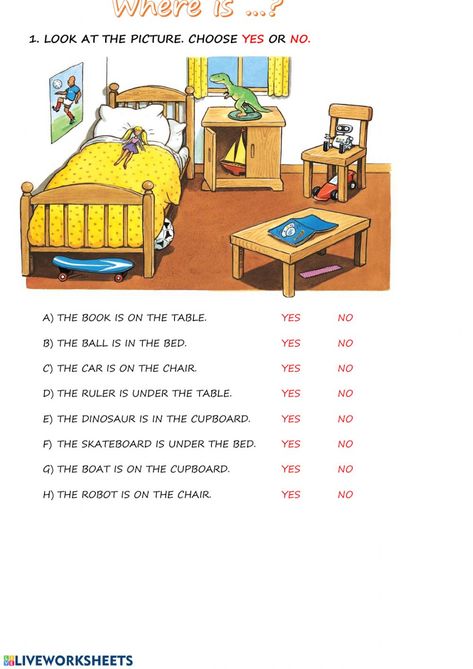
- opposite - opposite: They stood opposite each other - They stood opposite each other.
- in front of - in front of, opposite: The car has stopped in front of the gate - The car stopped in front of the gate.
Inside / outside:
- inside - inside, in: The car wasn't inside the garage - There was no car in the garage.
- outside - outside, outside: Outside the building people are still waiting - People outside the building walls are still waiting.
Direction and trajectory
Prepositions of place in English can describe not only the position of an object in space, but also the direction of movement. The difference in the description of "where" or "where" is most often determined by the verb, and the preposition remains unchanged. For example, the phrase on the table in an isolated form can be translated as "on the table" or "on the table":
I saw a book on the table
I put the book on the table - I put the book on the table.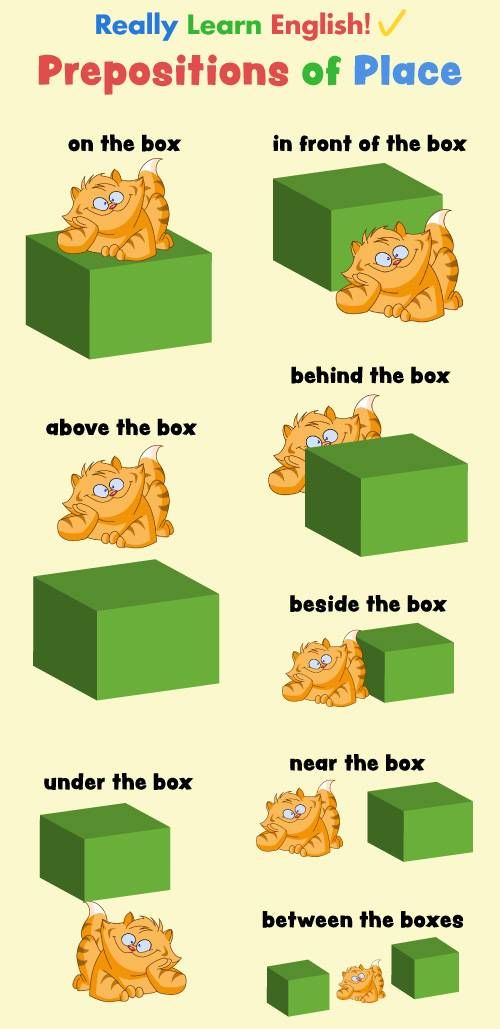
However, there are special prepositions that indicate the direction of action:
- to - to: Please, come to me - Please, come to me.
- towards: Everybody's eyes were directed towards him .
- into - inside: She got back after lunch and ran the car into the garage - She returned after breakfast and put the car in the garage.
- onto - on, up: The dog jumped onto the sofa - The dog jumped onto the sofa.
- from - from, from, from (direction from the starting point): Water dropped from the ceiling into the pan on the floor - Water dripped from the ceiling into a basin standing on the floor.
There are also prepositions of trajectory that indicate the nature of movement:
- across - through, through, across: Use a boat to get across the river - Use a boat to get across the river.
- through - through, by: Walking through the forest one day, we found a little hut - One day, walking through the forest, we found a small hut.

Of course, the English prepositions of place, direction and trajectory can be used not only in the literal sense, but also in a figurative sense. For example, through is used in the construction live through (survive): live through the night (survive this night). And the preposition under is actively used with abstract nouns: under the influence of smb (under the influence of someone), under pressure (under pressure). It also appears in the expression get smb under one's skin, literally "to have someone under the skin", that is, "annoy" or "make a big impression."
Prepositions "K", "OT"
Type of lesson: frontal.
Type of lesson: lexical and grammatical.
The lesson is designed for children 6 years old with 3 OHP level.
First-second year of study, first period learning.
An open lesson was held for preschool teachers 11/18/2014
Purpose: teaching children to distinguish and the correct use of the prepositions "to" and "from" in offers.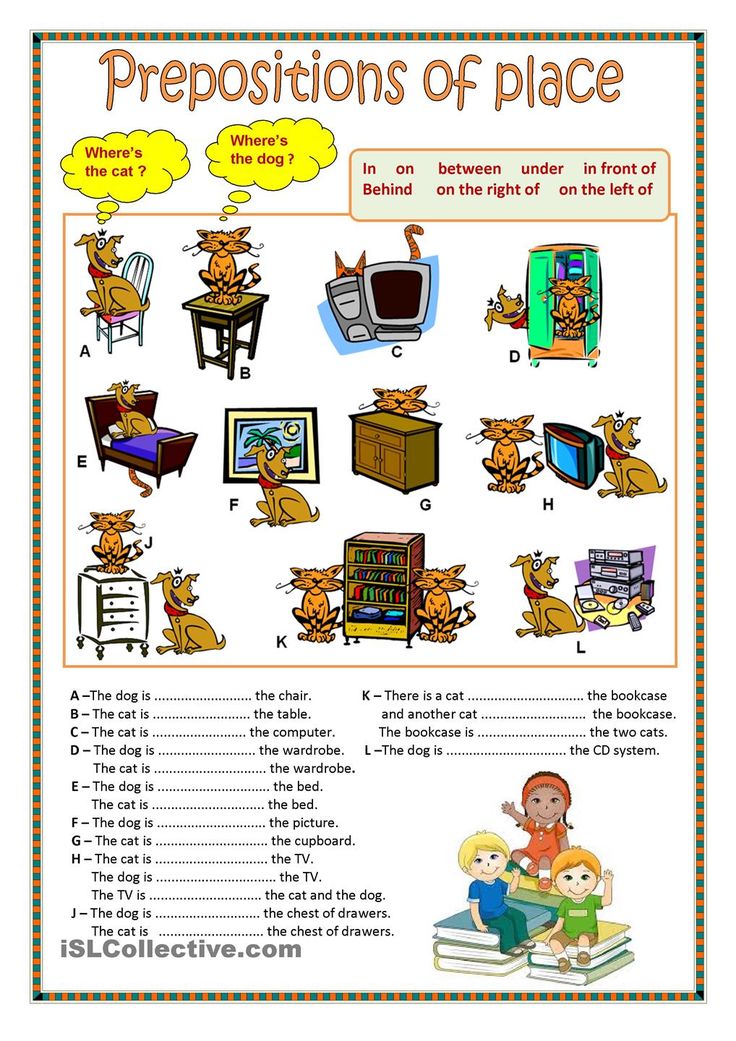
Tasks:
- Educational :
- clarify the meaning of spatial relationships, expressed by the prepositions "K" and "OT";
- to introduce children to the schemes of prepositions "K" and "FROM";
- to teach children to notice and correct mistakes in the use of the prepositions "K" and "OT";
- to exercise children in proper use prepositions "K" and "OT" with nouns in dative and genitive cases;
- teach children to make sentences by replacing in in this sentence, the preposition "K" to the preposition "OT";
- exercise children in differentiating prepositions "K" and "OT" and drafting proposals for plot and subject pictures;
- to exercise children in laying out the diagram sentences with prepositions, learn to analyze proposals with suggestions.
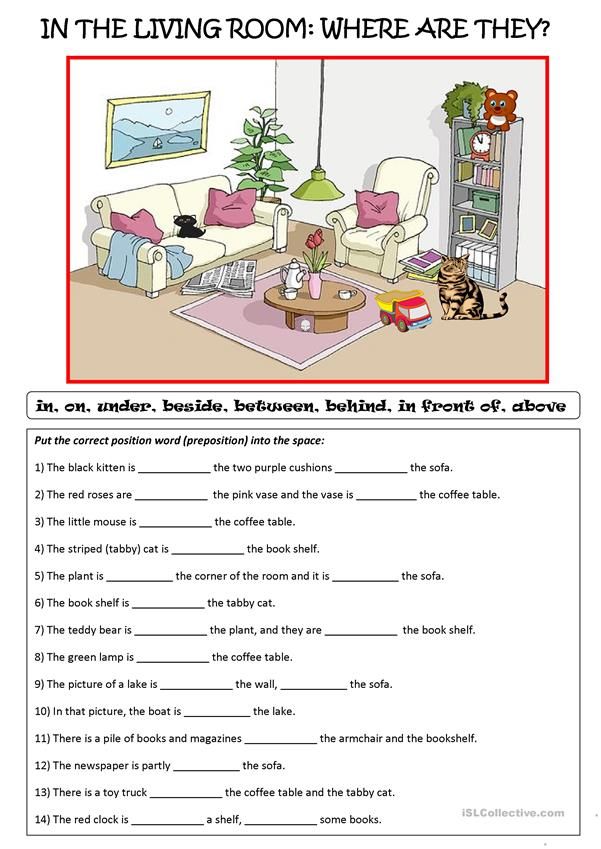
- Correction-developing :
- develop inhalation depth and smoothness, duration of exhalation;
- develop fine motor skills of fingers;
- develop speech attention based on exercises to determine the prepositions "To" or "OT" in offers;
- develop visual perception, imagination children;
- intensify mental activity children.
- Educational :
- develop emotional responsiveness, ability work in a team and independently.
Estimated result: children learn to distinguish and use correctly prepositions "K", "OT" in sentences.
Total session duration: 30 minutes.
Resources: picture: gnomes at houses, schemes of prepositions, cards with schemes suggestions for the number of children, plot and subject pictures by the number of children, a toy "Kolobok", ball, multi-colored geometric figures with a complex pattern and emoticons - according to number of children, tape recorder, song recording "Little Country", demonstration board.
PROGRESS OF LESSON
I. Introductory stage
1. Organizational moment (in a circle)
Speech therapist:
Invented by someone simply and wisely,
At the meeting, say hello - Good morning!
Good morning! - Sun and birds.
Good morning! - Smiling faces!
- I will smile at you, and you will smile at each other. Let your smiles warm everyone with warmth. Do take a deep breath through your nose and breathe in the warmth and the goodness of this morning. Smooth and long lasting exhale all your worries and sorrows through your mouth.
(Children breathe in and out three times).
– And now wish good morning to each other and guests.
2. Game motivation
Speech therapist: Guys, do you love travel? Today we will go to A magical land where small words live - suggestions, get to know and make friends with some of them.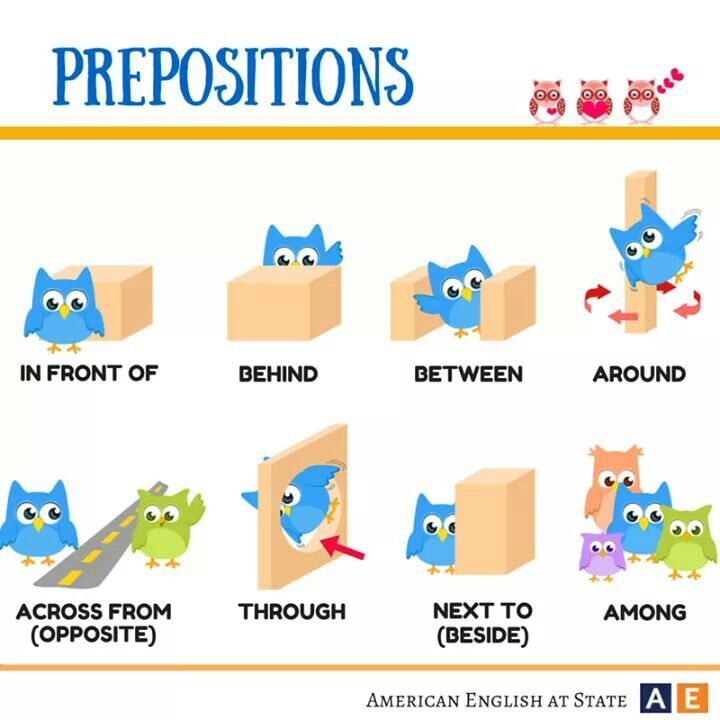 Want to?
Want to?
The music from the song "Little Country" sounds.
– Then close your eyes, and I will say magic the words.
"Turn around yourself, in a magical land turn up."
Open your eyes, we are in a small magical country - the country of Prepositions. Let's walk along it.
Children to the song "Little Country" (1 verse) they snake around the group and return to the circle.
Speech therapist: The inhabitants of a magical land are as small as our fingers.
3. Finger gymnastics (in a circle)
Self-massage of the phalanges of the fingers).
| Here is a magical land, And it is full of miracles. Over mountains, to lake, through sea, over bridge, on country road. From clearing, under bush , straight in river, over flower, near forest near lair. 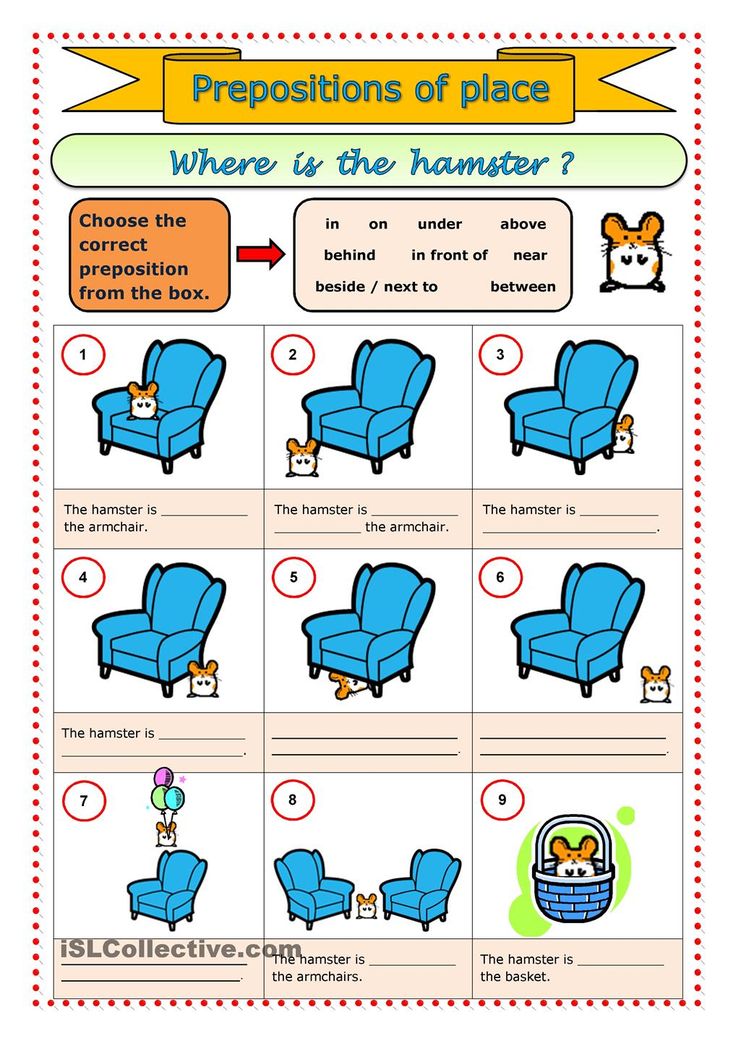 Prepositions live here. | Vigorous squeezing and unclenching cams. thumb of one hand upper phalanx of the fingers of the other hand alternately, starting with the little finger. On a noun - kneading the phalanx of the finger - from the nail to the base - with the right hand. The same - with the left hand. Fingers of both hands crossed in the castle, large fingers are on top. |
II. The main stage
Speech therapist: Guys, look what small houses in the meadow. Let's go to them take a closer look and see who lives there (picture: gnomes at the houses).
1. Acquaintance with the prepositions "K", "OT", their diagrams
Speech therapist: Consider two gnomes.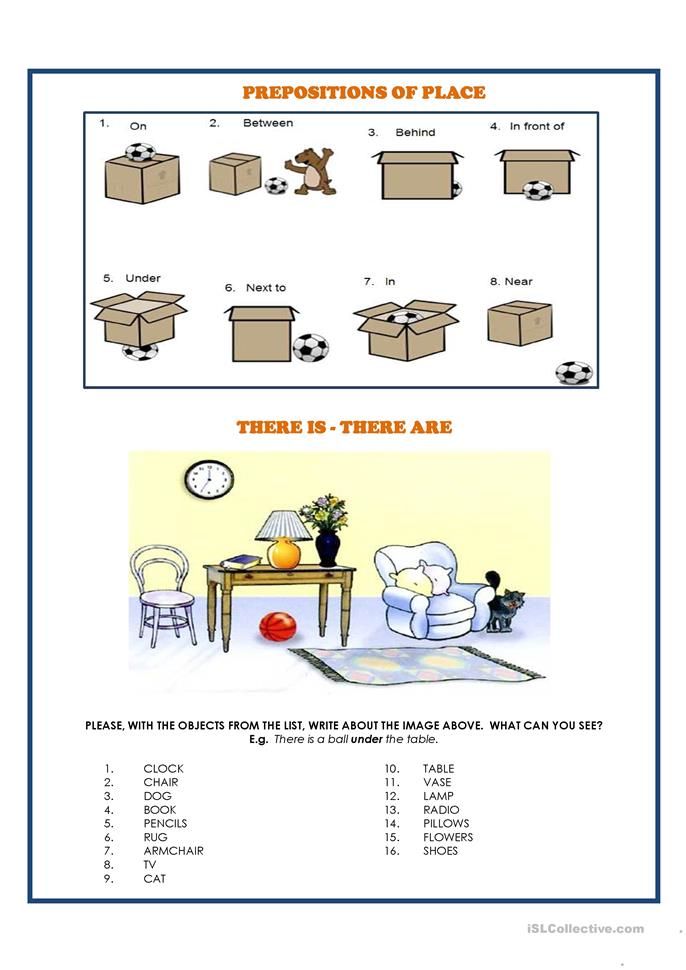 One is called "K" and the other "OT". What do you think, why? ( children's answers) Listen to the story about them.
One is called "K" and the other "OT". What do you think, why? ( children's answers) Listen to the story about them.
"In the magical land of small words, there lived preposition " K" . He was very friendly and didn't like to be alone. Therefore, the preposition " K" often went to visit: K to his friends, K friends. If he did not go to visit, then everything moved equally: To tree, To river, To house ... (Showing the scheme of the preposition).
When someone to someone or something moves, approaches, we say small the word "K". Look at the diagram. Arrow directed towards the stick.
This is the diagram preposition "K".
And next to the preposition "K" lived his brother - preposition "OT". He was not friends with anyone, he was very stubborn and always did the opposite. His prepositions called: “Come to us, we will play!” The stubborn got up and departed FROM prepositions.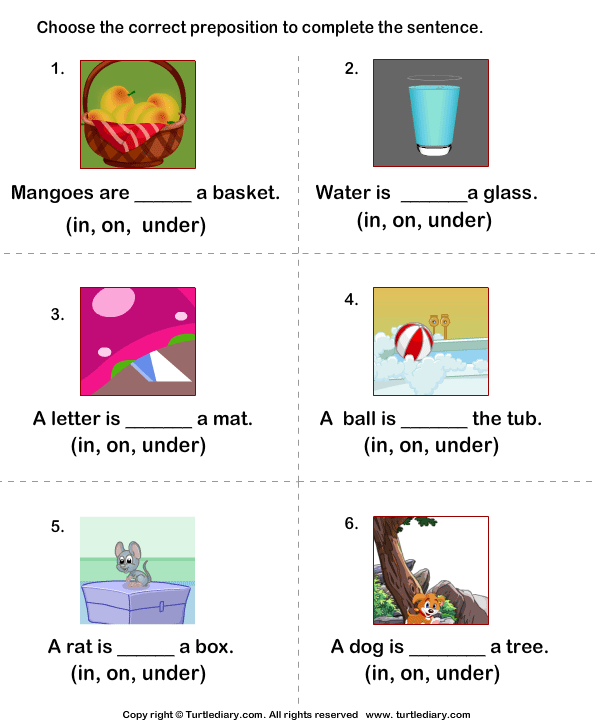 Summer hot in the afternoon he was called to swim: “Let's go to the lake bathe!". The preposition "FROM" angrily turned away and went the other way - FROM lakes. Such he was stubborn. (Show preposition scheme).
Summer hot in the afternoon he was called to swim: “Let's go to the lake bathe!". The preposition "FROM" angrily turned away and went the other way - FROM lakes. Such he was stubborn. (Show preposition scheme).
This is the diagram preposition "OT".
The preposition "FROM" appears when an object moves away from something, moves away. look on the diagram, the arrow goes from the stick.
2. Training exercises
Exercise 1. "Representatives"
Speech therapist: Close your eyes and imagine what can be approached in a magical land? (K castle, river, friend, etc.)
What suggestion did you make? (Preposition "K")
When is the preposition "K" pronounced? (When someone moves towards someone or something, approaches).
Exercise 2
Speech therapist: Look at the picture and tell me who is running away. (Mouse runs away from cats, cat runs away from dog, dog runs away from wolf, the wolf runs away from the tiger, the tiger runs away from elephant, the elephant runs away from the mouse).
(Mouse runs away from cats, cat runs away from dog, dog runs away from wolf, the wolf runs away from the tiger, the tiger runs away from elephant, the elephant runs away from the mouse).
What suggestion did you make? (Preposition "OT").
When is the preposition "OT" pronounced? (When an object moves away from something, moves away).
- Guys, listen, is it possible to say this: Mom came up from wood.
Why is it wrong to say so? (Offer incomprehensible to people).
- What is the right way to say it? (Mom came up to tree.)
Petya ran away from home. (Petya ran away from the house.)
The hare galloped off the fox. (The hare ran away from the fox.)
Why is it important to use prepositions correctly? offers? (Children's answers)
- Why can't prepositions be confused or skipped in speech? (Prepositions change the meaning of the sentence)
3.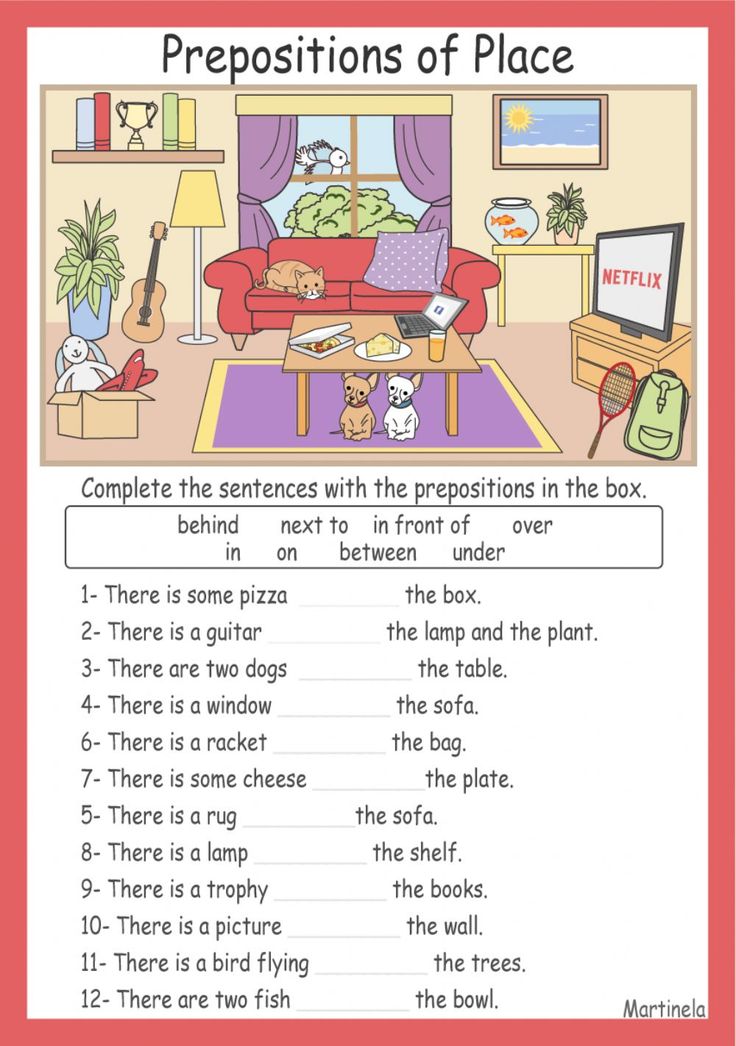 The appearance of a fairy-tale character
The appearance of a fairy-tale character
Speech therapist: someone is coming to us. Remember who in your fairy tale from all gone, but not one left?
If the children find it difficult to answer, guess riddle: "Round side, ruddy side ...
- Came to us ..." (A toy appears bun, bun sings a song)
- What preposition did you hear in the song of the kolobok? (Preposition "FROM").
- Tell me, from whom did the bun leave? (Kolobok left from grandmother. Gingerbread man left his grandfather ... etc.)
4. Physical Minute
Speech therapist: Let's play with Kolobok. Kolobok you will be told suggestions. If you hear in sentence preposition "K" - make a jump forward, and if you hear the preposition "FROM" - do step back. Be very careful not to make a mistake.
- The duck swam to the shore.
- Grandmother put the chair next to the sofa.
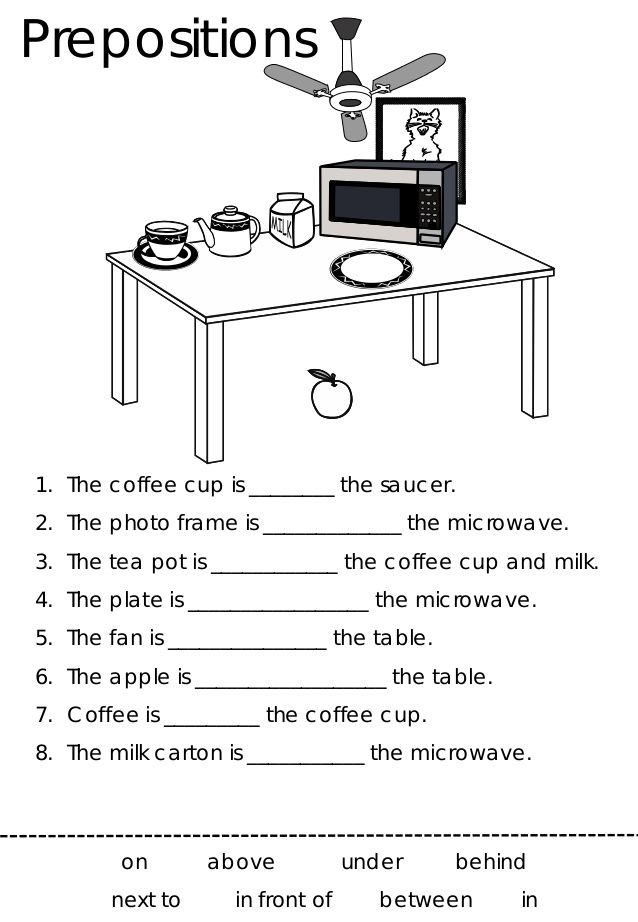
- Zoya untied the goat from the tree.
- Magpie flew off the fence.
- Tanya went to the store.
5. Differentiation of prepositions "K" and "OT" into hearing
Speech therapist: becomes a bit of a magician. Now you turn one sentence into another. I I will name the sentence, and you will say it the other way around.
Turning Exercise (with ball)
For example: Magpie flew up to the birch. - The magpie flew away from the birch.
- The bumblebee flew up to the flower.
- The car has left the shop.
- The tit flew off the feeder.
- The ball rolled up against the wall.
- Motor ship moored to the pier.
- The bus has come to a stop.
- The turtle crawled up to the stone.
- Sparrow bounced off a puddle.
- The fox ran to the chicken coop.
6. Making sentences with prepositions "K", "OT" according to plot pictures.
Speech therapist: Guys, do you like to give present? Look, the bun brought us pictures. Give them to our suggestions.
Gift Game (fixing differentiation of prepositions "K" and "OT")
Speech therapist: Look at pictures (according to number of children) carefully and give the preposition "K" only those pictures by which you can make a sentence with the preposition "K". BUT preposition "FROM" give those pictures according to which you can make a sentence with the preposition "OT".
Children make sentences using pictures and arrange pictures under the schemes of prepositions.
- We will give gifts to prepositions in turn, by alone.
Explain why you gave this or that suggestion picture. For the correct answer children get a geometric figure.
Speech therapist: What good fellows you are, how much gifts were given. But for some reason the bun sad. He cannot compose proposal for two subject pictures. Let's help him? You have a geometric figure in your hands. Find the same figure on the table and take your place.
7. Independent work of children.
Preparation of proposals for two pillars pictures and diagrams. On the tables are multi-colored geometric shapes, subject pictures, schemes of prepositions, schemes of word-actions.
Speech therapist: Now each of you will write 2 sentences on your own prepositions "K", "OT" according to the scheme and subject pictures.
But first, remember:
- What are the proposals? (Offers made up of words).
What words do we know? (Words-objects, action words, preposition words).
Let's remember the schemes of prepositions. Raise the scheme preposition "from".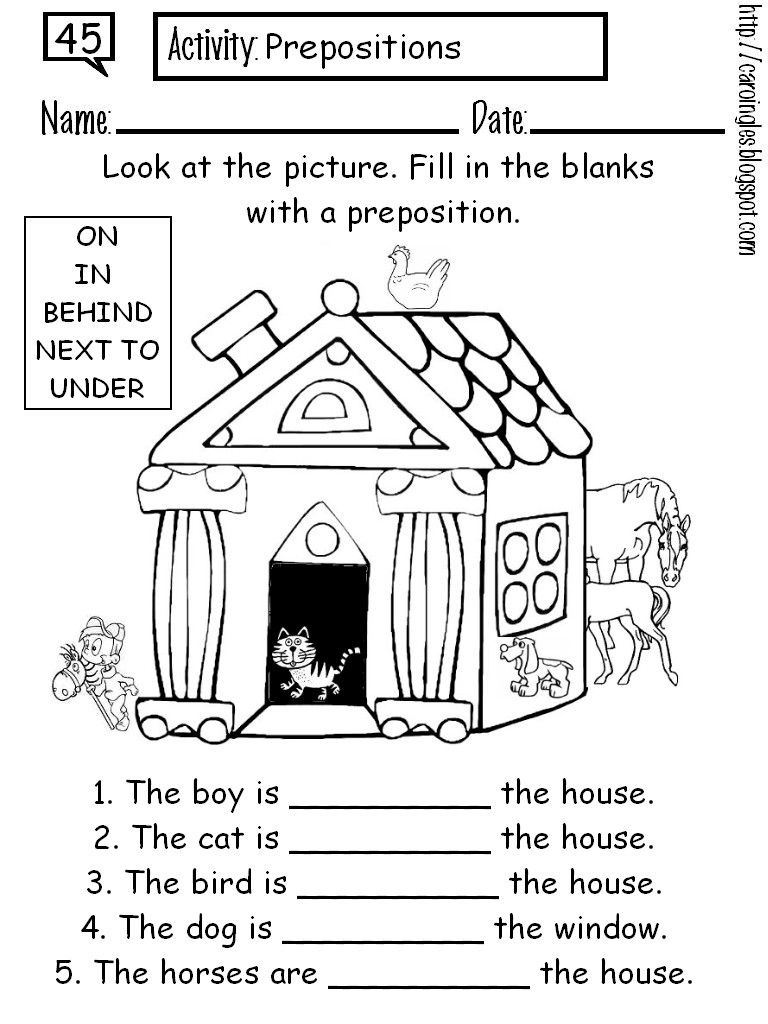
When is the preposition "OT" pronounced? Raise the scheme of the preposition "K".
When is the preposition "K" pronounced?
There are two subject pictures on the board: a calf, wolf.
Speech therapist: Guys, help me make a suggestion with pictures. (Calf fled from the wolf).
The proposal scheme is laid out at the board.
Sentence parsing:
– How many words are in the sentence? Name the first word. Name the second word. name the third word. Name the fourth word.
How are words written in a sentence? (Separate).
- Now you yourself make 2 sentences with prepositions "K", "OT" and lay out schemes of your proposals on the tables. (Compilation suggestions for the scheme and subject pictures).
The car drove away from the house. The car drove up to garage. Etc.
The task is checked for all children, each proposal is reviewed.
Learn more

